In the field of medical injection molding, residual stress in products is a crucial factor affecting device performance, service life, and safety. Take the piston of a certain brand of syringe as an example. Surface stress marks on it once led to a decrease in sealing performance, triggering a batch recall. Moreover, residual stress in artificial joint components may even cause fatigue fractures, directly threatening patients' health. This article will comprehensively analyze the generation mechanisms of residual stress in medical injection-molded products from the perspectives of molecular dynamics, thermodynamics, and process control.
I. Molecular Chain Orientation Freezing: The Microscopic Root of Flow Stress
When polypropylene (PP) melt is injected into the mold cavity at a temperature of 150°C and a pressure of 80 MPa, the molecular chains become highly oriented along the flow direction under the action of shear force. If the cooling rate exceeds the molecular relaxation rate (e.g., when the mold temperature is below 60°C), the oriented structure will be "frozen" within the product. This type of orientation-induced residual stress is particularly prominent near the gate. Experimental data shows that for a toy gun buttstock molded with a side gate at a mold temperature of 60°C, the stress near the gate can reach 25 MPa, much higher than the 8 MPa in the main body of the product.
Typical Case: After adopting a horn-type latent gate for a certain brand of e-cigarette shell, the stress-induced brightening phenomenon on both sides of the gate disappeared. Moldex3D simulation revealed that the original side gate design resulted in a pressure gradient of 12 MPa/mm during the packing stage, while the optimized gate improved the pressure distribution uniformity by 67%.
II. Non-Uniform Cooling Shrinkage: The Macroscopic Manifestation of Thermal Stress
Wall thickness variations in medical products are a core cause of thermal stress. Taking a PP infusion bottle as an example, the thickness of the bottle shoulder changes abruptly from 2 mm at the main body to 4 mm, resulting in a 3.2-second difference in cooling time. Simulations show that this thickness variation creates an 18 MPa tensile stress on the inner side of the bottle shoulder and a 12 MPa compressive stress on the outer side, forming a typical "sandwich" stress distribution. When glass fiber-reinforced materials are used, the difference in thermal expansion coefficients further amplifies the stress values. Actual measurements on a GF-PP orthopedic fixation plate show that the stress concentration factor at the wall thickness transition reaches 3.8.
Solution: By embedding conformal cooling channels in the mold cavity, one enterprise reduced the cooling rate difference across various parts of the infusion bottle from 12°C/s to 3°C/s, lowering the residual stress by 72%. For products with complex structures, variable mold temperature technology (VMT) can achieve precise local temperature control. A heart stent mold reduced the stress level at critical locations from 35 MPa to 12 MPa through zoned temperature control.
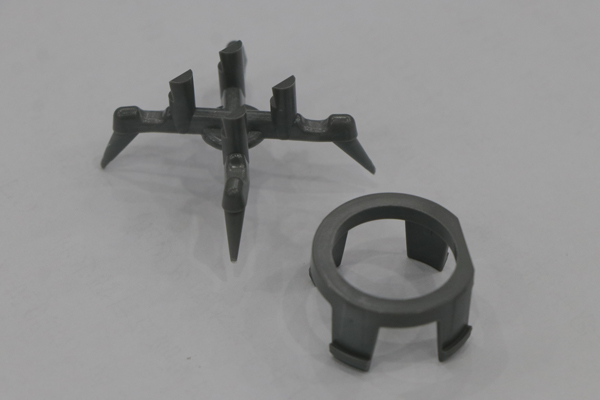
III. Coupling Effects of Process Parameters: The Interaction of Multiple Factors
-
Packing Pressure: When the packing pressure increases from 60 MPa to 100 MPa, the orientation stress at the gate of PP materials increases linearly. However, excessive packing pressure (>120 MPa) can cause molecular chain overstretching and breakage, actually reducing the stress value. One enterprise reduced the residual stress by 41% by adopting a two-stage packing strategy (80 MPa/2 s + 50 MPa/5 s).
-
Melt Temperature: Experiments show that polycarbonate (PC) has the lowest viscosity and minimal molecular chain orientation stress at 280°C. However, temperatures exceeding 300°C can cause thermal degradation, generating new stress sources. During the molding of a certain dialyzer end cap, an infrared temperature measurement system was used to monitor the melt temperature in real-time, keeping the temperature fluctuation within ±1.5°C and increasing the product qualification rate from 82% to 97%.
-
Injection Speed: High-speed injection (>150 cm³/s) can shorten the filling time but also intensify molecular chain orientation. A certain insulin pen needle holder adopted multi-stage injection (80 cm³/s → 50 cm³/s → 30 cm³/s), reducing the stress near the gate from 28 MPa to 14 MPa while avoiding air entrapment defects.
IV. The Art of Mold Design for Stress Control
-
Gating System Optimization: By increasing the runner diameter from 8 mm to 12 mm, one enterprise reduced the pressure loss by 58% and the shear stress at the gate from 1.2 MPa to 0.6 MPa for a certain blood collection tube mold. For products with long flow paths, hot runner systems can eliminate stress concentration points caused by cold slug wells.
-
Ejection System Design: Due to improper ejector pin layout, a certain indwelling needle hub generated a 5 MPa ejection stress during demolding, causing product warping. By increasing the number of ejector pins to 8 and adopting a stepped ejection method, the ejection stress was reduced to 1.2 MPa, and the warping amount decreased from 0.3 mm to 0.08 mm.
-
Fillet Transition Design: After adding an R0.5 mm fillet at the right-angle corner of a certain surgical instrument handle, the stress concentration factor decreased from 4.2 to 1.8. For structures that must retain sharp corners, local annealing treatment can be used. A laser annealing process reduced the stress at the sharp corners of an endoscope lens holder by 65%.
V. Post-Processing Techniques for Stress Relief
-
Heat Treatment: After heat treatment at 120°C for 4 hours, the residual stress in a certain artificial joint component decreased from 32 MPa to 8 MPa. However, over-treatment (>6 hours) can cause excessive dimensional shrinkage. Far-infrared heating is the preferred annealing method for medical products due to its uniform heating performance.
-
Humidity Conditioning: For hygroscopic materials such as PA66, a certain infusion pump gear showed a 53% reduction in residual stress after being conditioned at 80°C and 65% relative humidity for 24 hours, while also eliminating additional stress caused by moisture absorption.
-
Vibratory Stress Relief: A certain ultrasonic scalpel blade underwent low-frequency vibration treatment (frequency: 50 Hz, amplitude: 0.2 mm), improving the uniformity of residual stress distribution by 41% and extending the fatigue life by 2.3 times.
Conclusion: Building a Systematic Solution
The control of residual stress in medical injection-molded products requires a comprehensive solution covering "materials, processes, molds, and post-processing." One multinational medical enterprise reduced the residual stress level of its products to one-third of the industry average by implementing the following measures:
-
Establishing a material stress relaxation database covering the relaxation time-temperature relationships of 23 medical-grade plastics.
-
Developing an intelligent process optimization system that adjusts 12 key parameters in real-time.
-
Using topology optimization to design mold structures, improving the stress distribution uniformity by 58%.
-
Constructing a closed-loop post-processing system that automatically matches treatment schemes based on the product's stress state.
In today's medical industry, where product quality requirements are becoming increasingly stringent, precise control of residual stress has become a key indicator of a company's technological strength. By deeply understanding the stress generation mechanisms and implementing systematic solutions, medical injection molding enterprises can gain a technological edge in the fierce market competition.
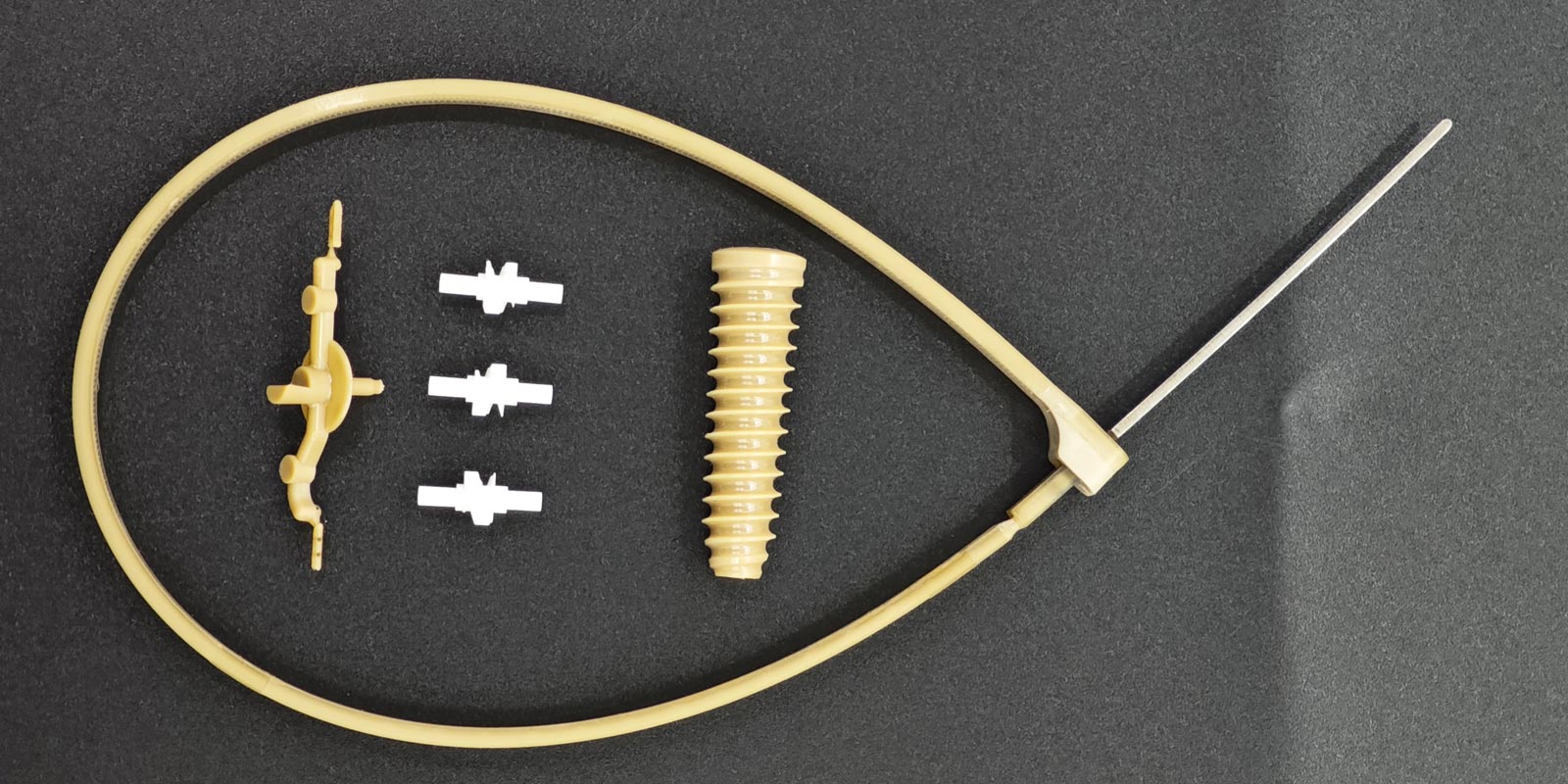
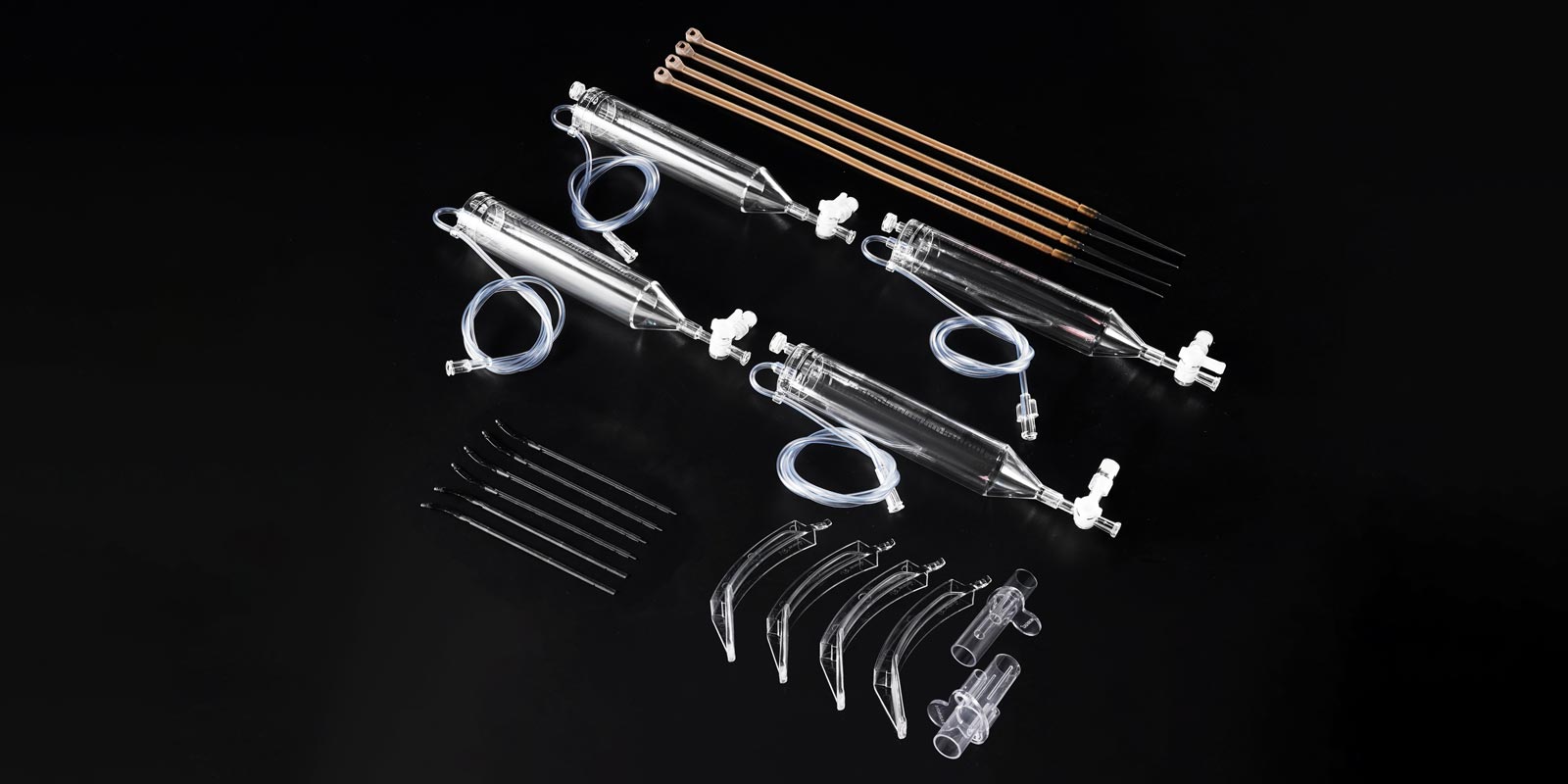
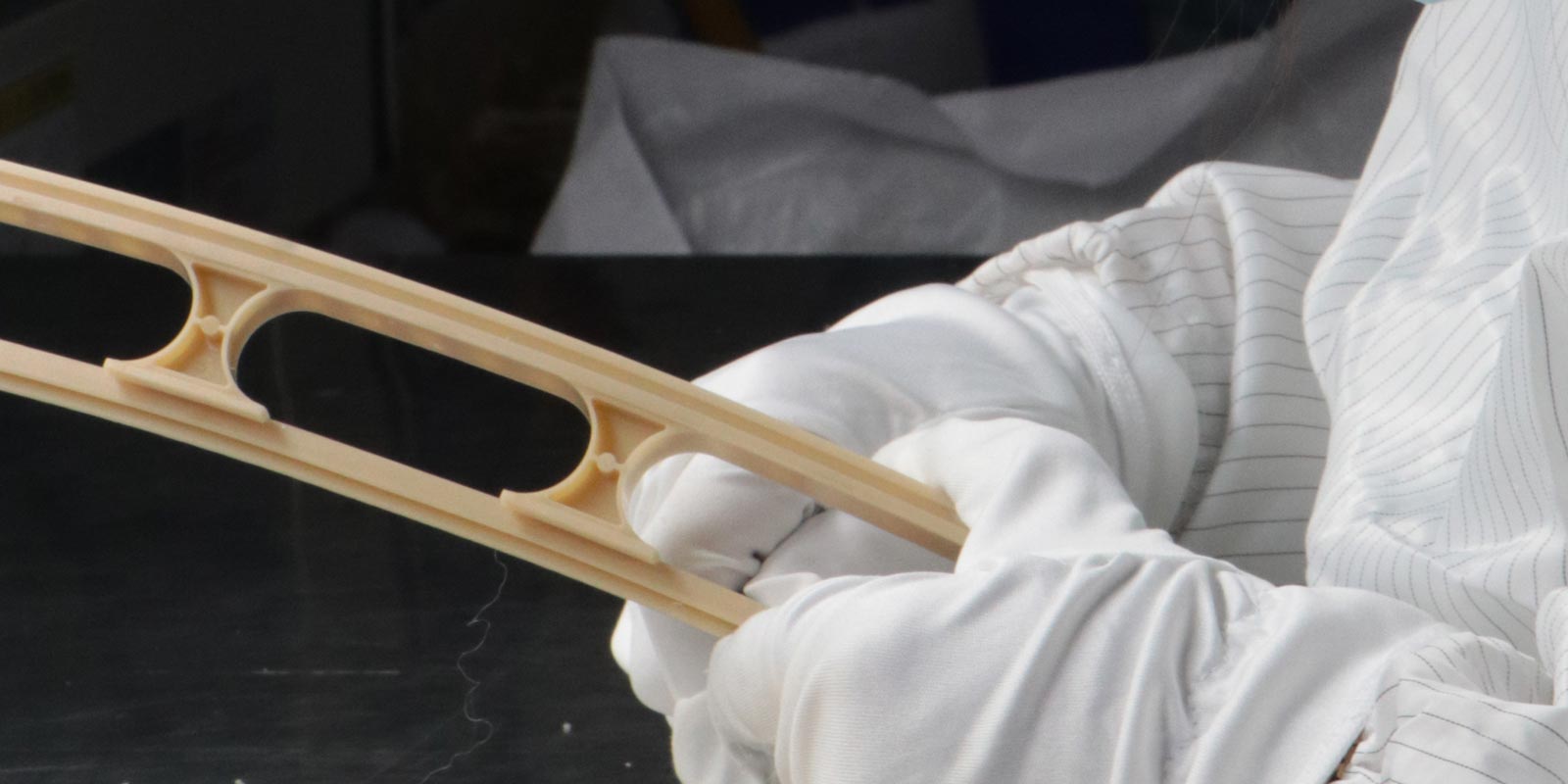
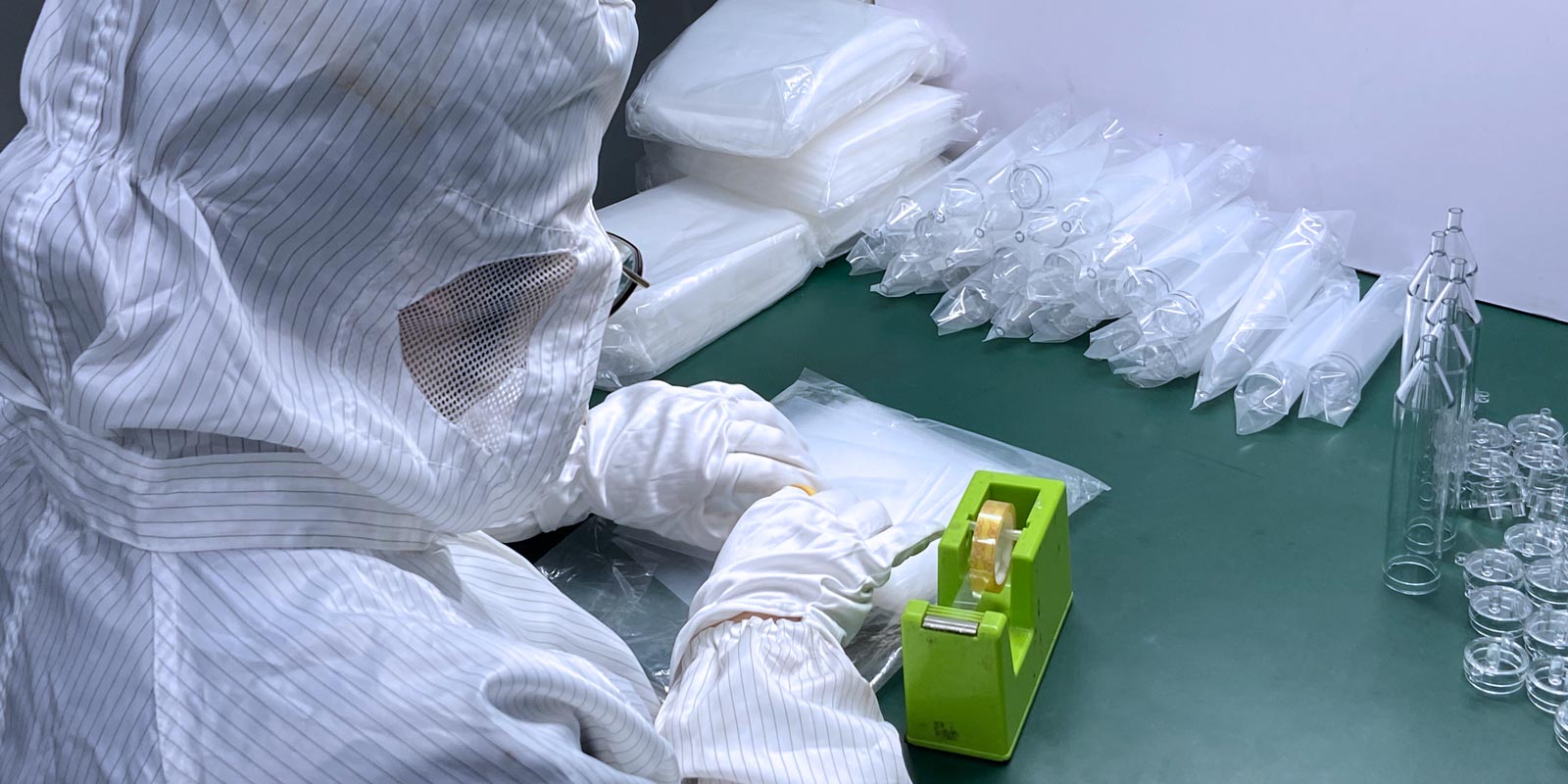
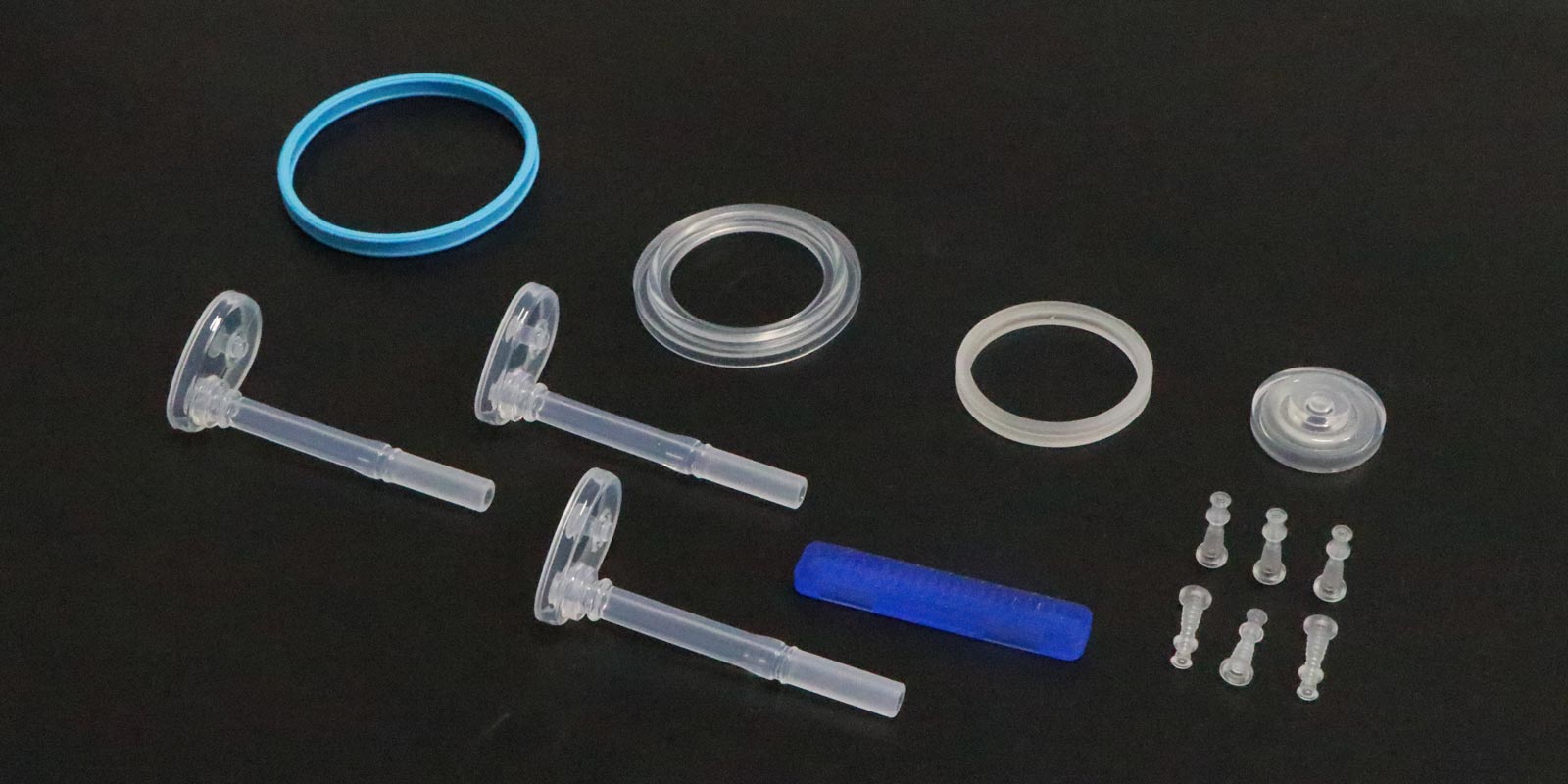
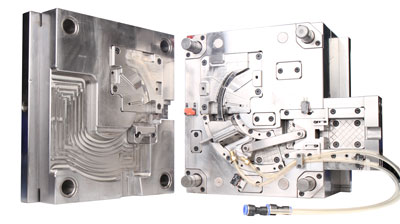
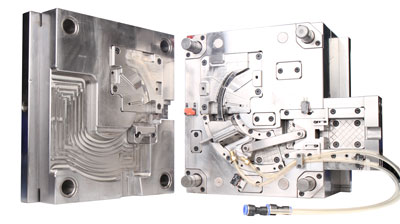
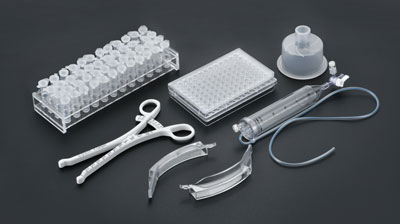
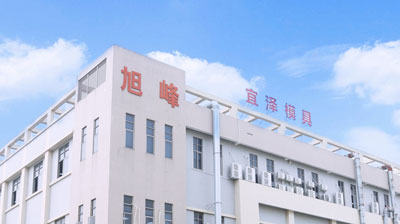







 Home
Home
